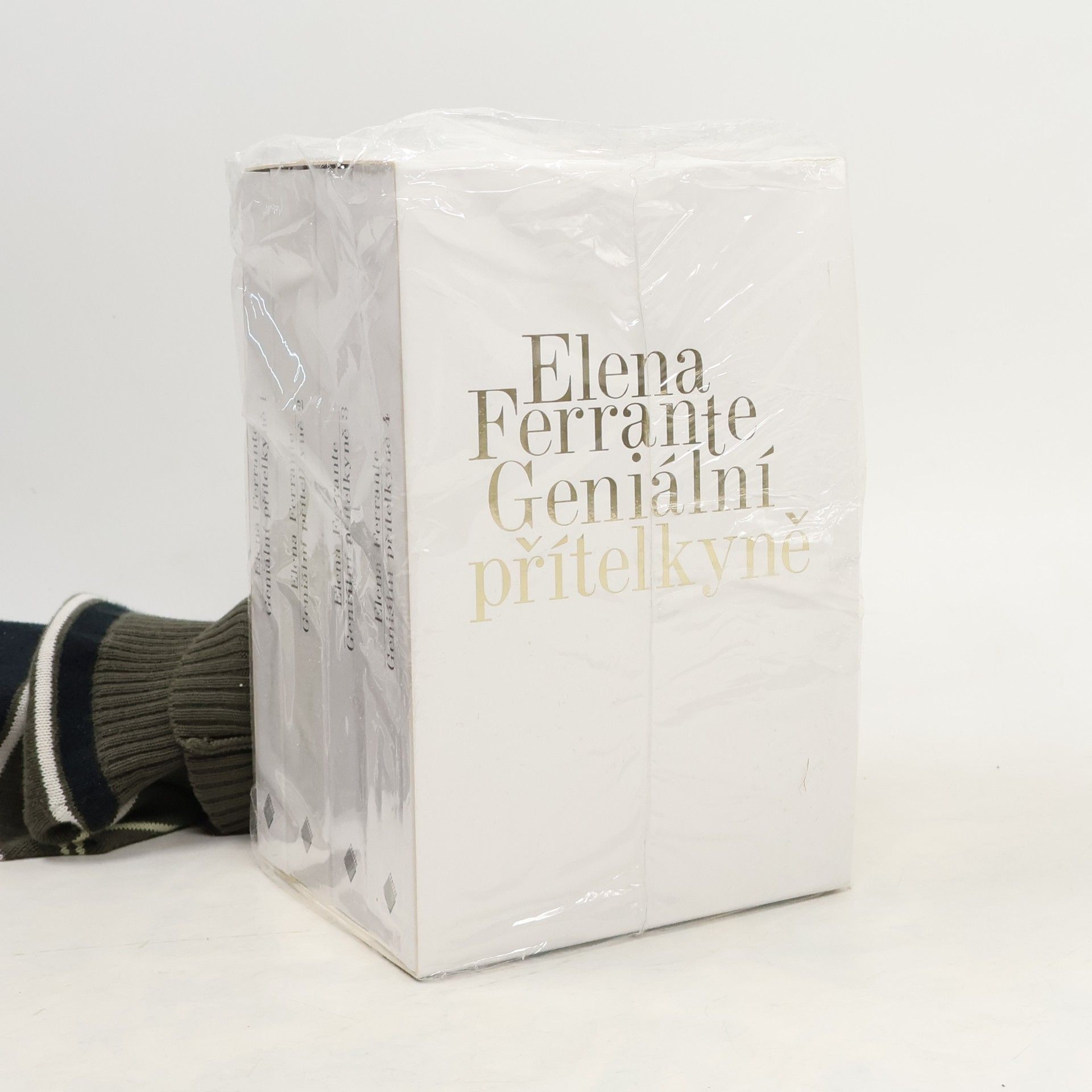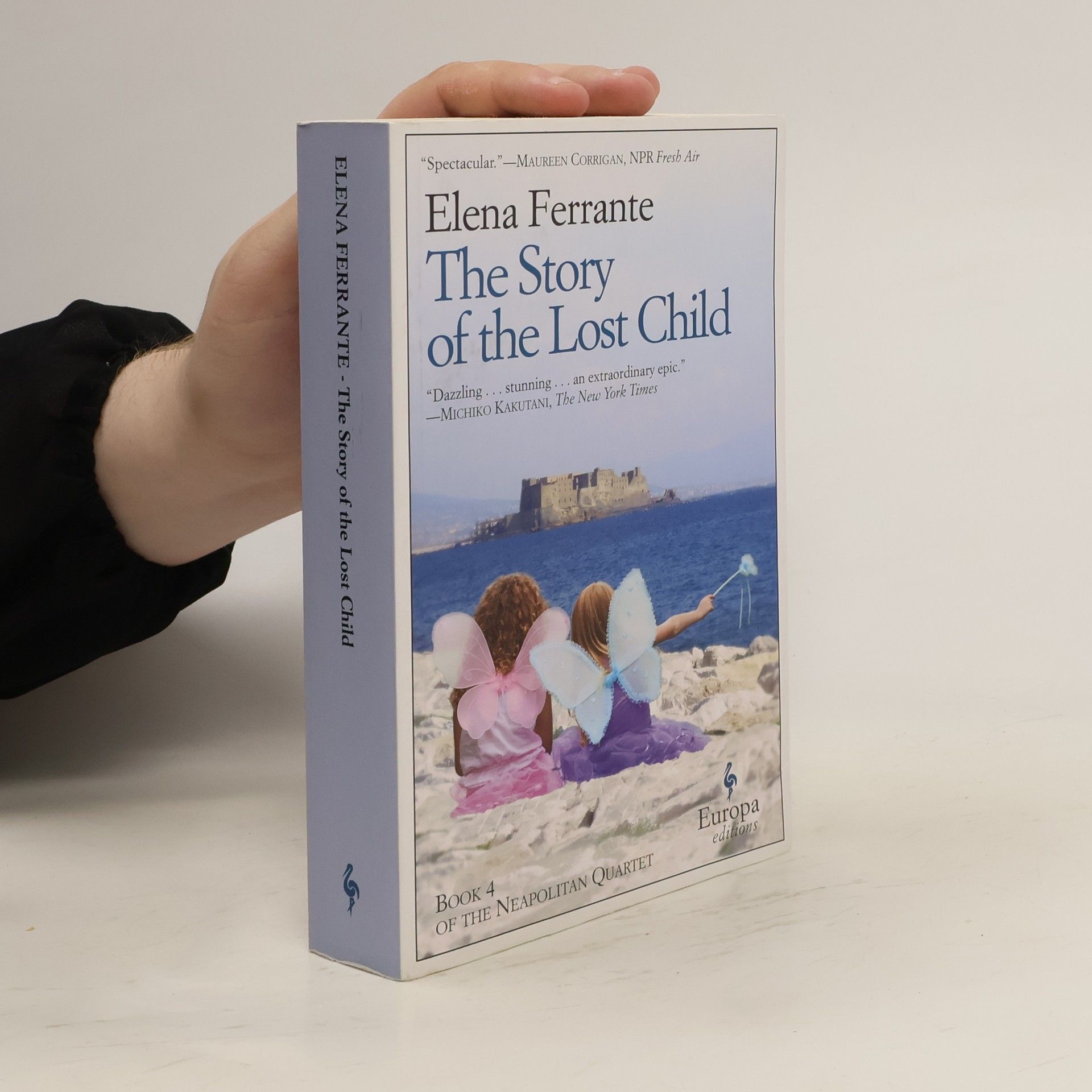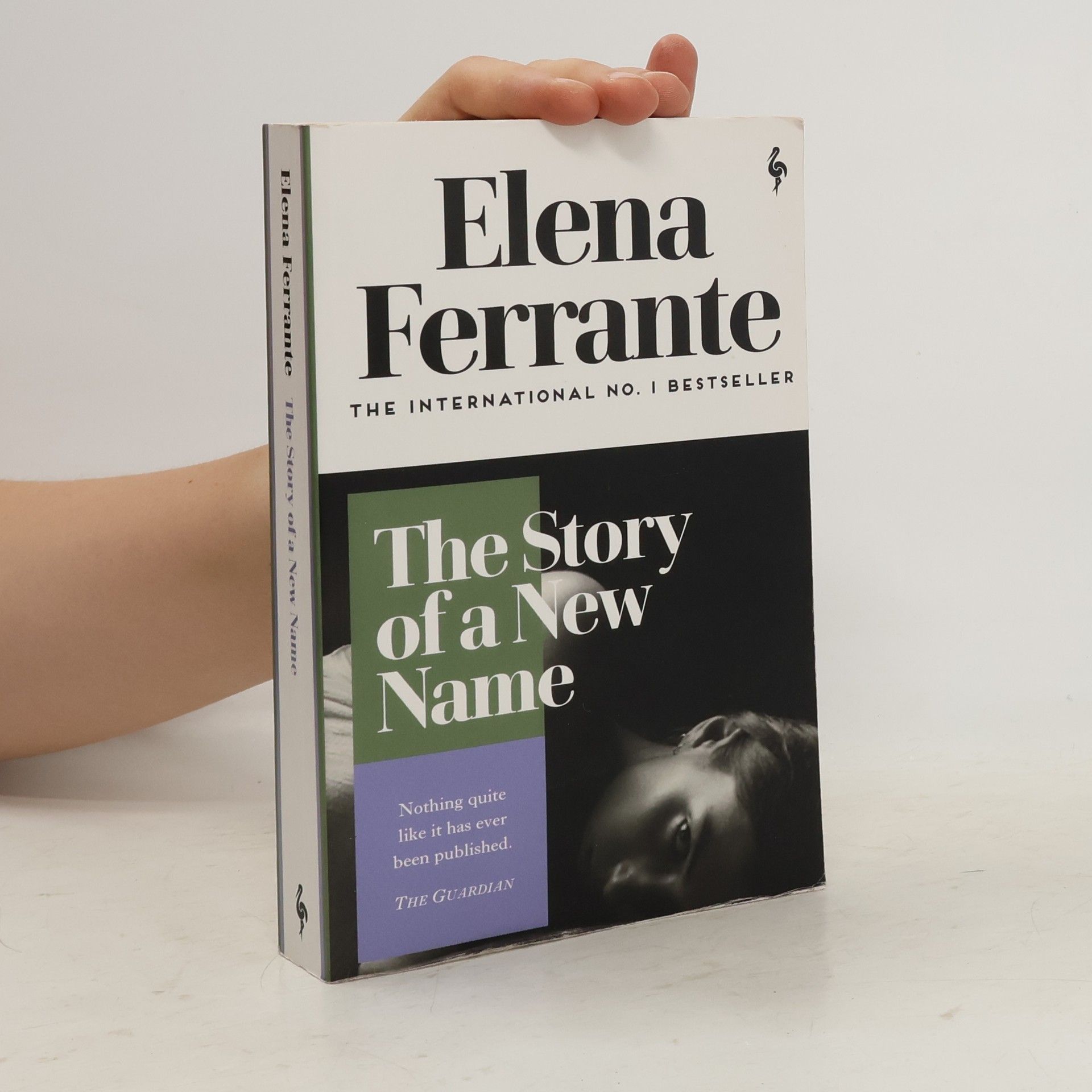My Brilliant Friend
- 331 pages
- 12 hours of reading
The international bestseller, now in B-format paperback with a brand new cover.
This sweeping saga chronicles the intense, complex friendship between two women navigating their lives in post-war Naples. Starting from humble, often violent beginnings, they strive for education and upward mobility, their paths diverging and converging over decades. The narrative delves into themes of ambition, betrayal, class, and the enduring power of connection. It's a profound exploration of female identity and the societal forces that shape it.





The international bestseller, now in B-format paperback with a brand new cover.
The international bestseller, now in B-format paperback with a brand new cover.
Since the publication of My Brilliant Friend, the first of the Neapolitan novels, Elena Ferrante's fame as one of our most compelling, insightful, and stylish contemporary authors has grown enormously. She has gained admirers among authors -- Jhumpa Lahiri, Elizabeth Strout, Claire Messud, to name a few --- and critics -- James Wood, John Freeman, Eugenia Williamson, for example. But her most resounding success has undoubtedly been with readers, who have discovered in Ferrante a writer who speaks with great power and beauty of the mysteries of belonging, human relationships, love, family, and friendship§In this third Neapolitan novel, Elena and Lila, the two girls whom readers first met in My Brilliant Friend, have become women. Lila married at sixteen and has a young son; she has left her husband and the comforts her marriage brought and now works as a common laborer. Elena has left the neighborhood, earned her college degree, and published a successful novel, all of which has opened the doors to a world of learned interlocutors and richly furnished salons. Both women have attempted are pushing against the walls of a prison that would have seen them living a life of misery, ignorance and submission. They are afloat on the great sea of opportunities that opened up during the nineteen-seventies. Yet they are still very much bound to each other by a strong, unbreakable bond
Against the backdrop of a Naples that is as seductive as it is perilous and a world undergoing epochal change, this story of a lifelong friendship is told with unmatched honesty. Lila and Elena clash, drift apart, reconcile, and clash again, in the process revealing new facets of their friendship.
Třetí díl epické tetralogie, v jejímž centru je příběh přátelství dvou výjimečných dívek. Z geniálních přítelkyň Eleny a Lily se staly mladé ženy. Zdá se, že se jejich cesty definitivně rozcházejí. Elena se stěhuje do Florencie, kde chce budovat spisovatelskou kariéru, Lila zůstává v bídě neapolské periferie. Po opojení svobodou a prosperitou báječných šedesátých let přicházejí jako drsné vystřízlivění "olověná" léta sedmdesátá, kdy je Itálie zmítaná teroristickými útoky pravicových i levicových extremistů, prostředí univerzit i kulturních institucí se politizuje, vykřikují se zde hesla o nutnosti třídního boje, studenti i intelektuálové se angažují, ale podmínky dělníků se nijak nelepší. Elena by ráda žila revolučním kvasem, ale dokáže dát svému životu náboj a směr sama bez Lily? Lze přátelství udržovat jen "po telefonu", nebo je lepší pouto mezi hlasy bez těla utnout? Za příběhem Eleny a Lily se i nadále roztáčí sugestivní kaleidoskop životů obyvatel jejich rodné čtvrti, propletenec lásek, křivd, nevraživosti, žárlivosti, věrnosti i zrady. Nakladatelská anotace. Kráceno.